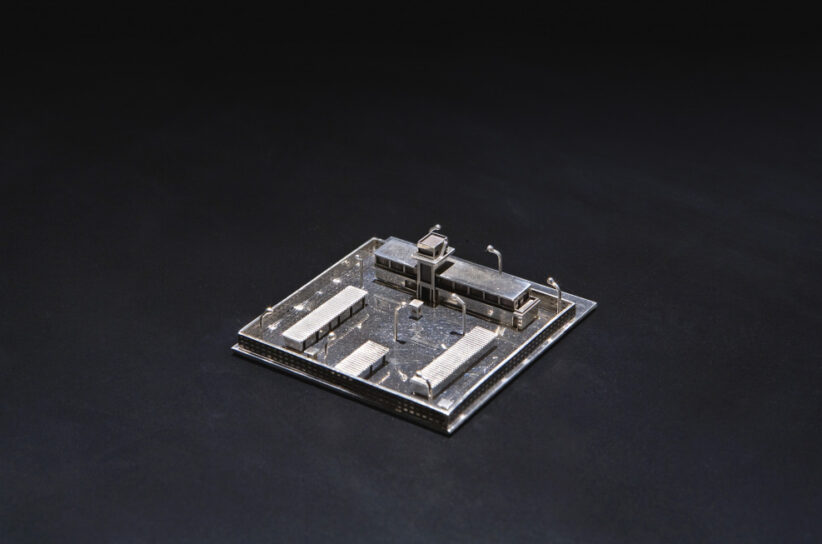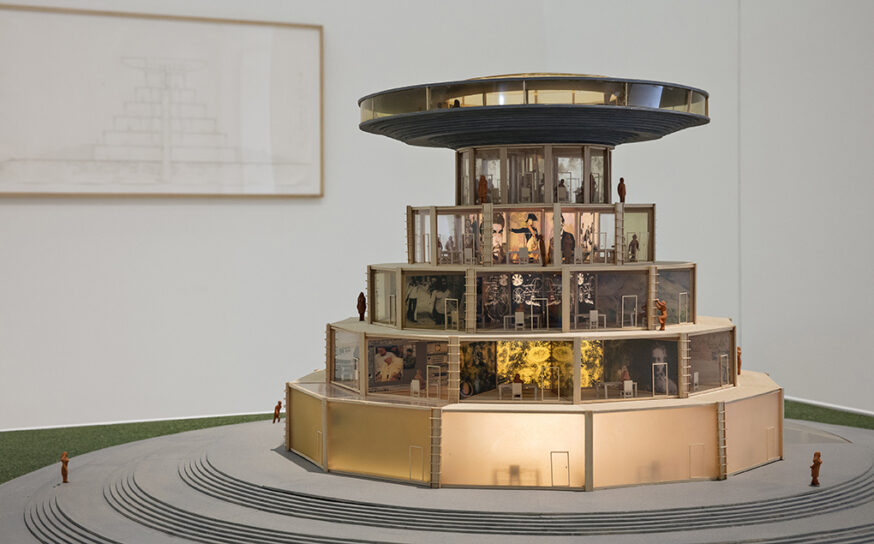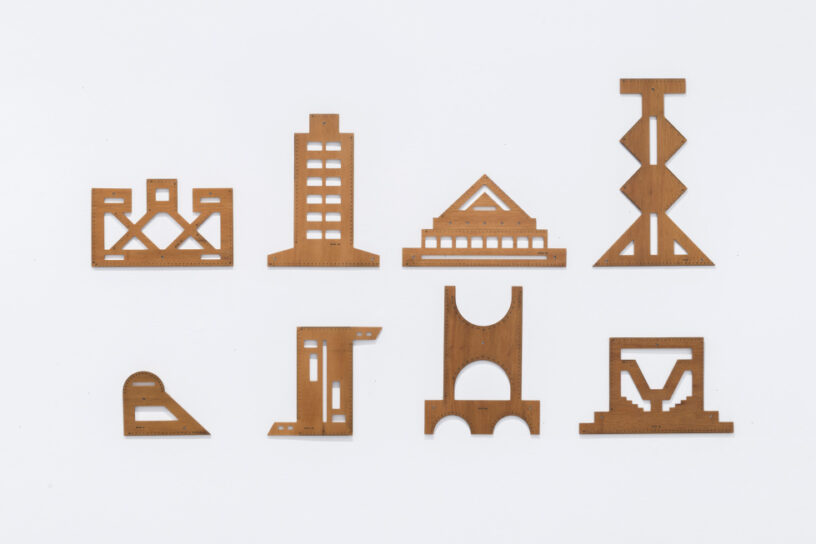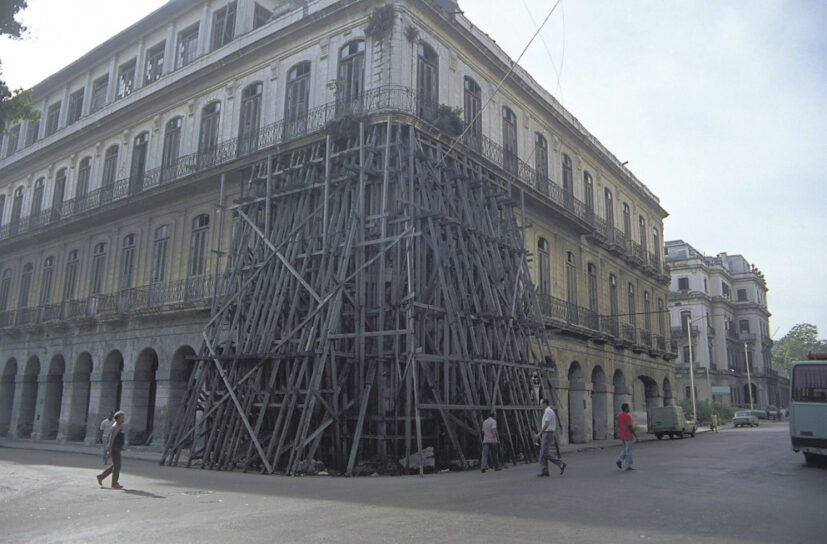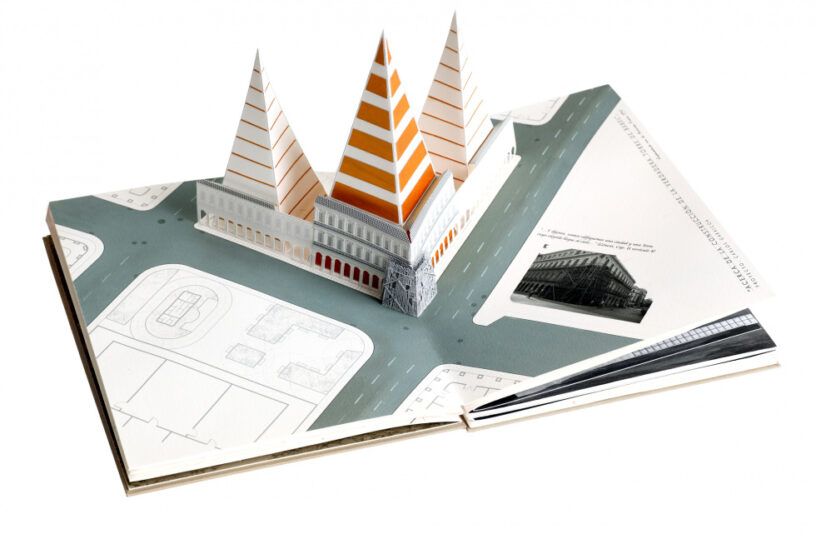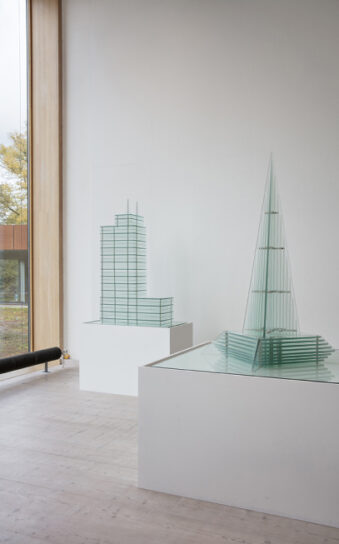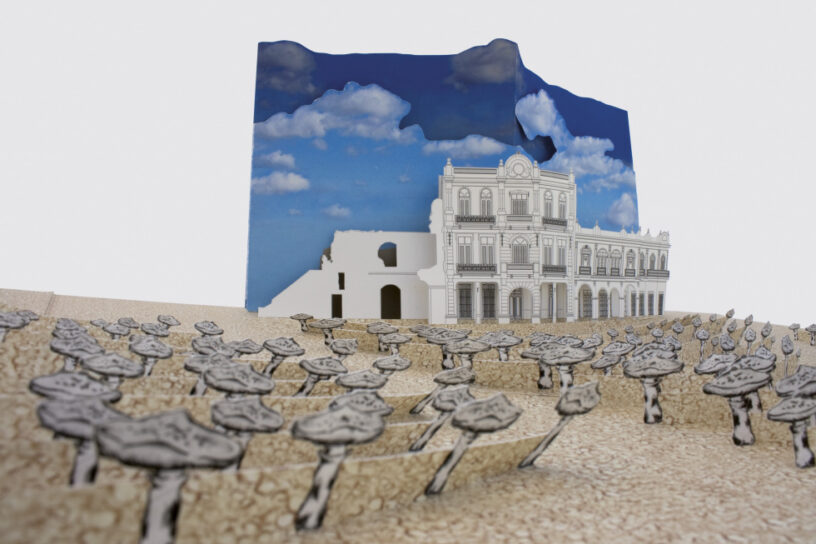- Open today 11–17
- Open today 11–17
Carlos Garaicoa …a borderless reality like gardens of the eternal…
…una realidad sin bordes
como jardines de lo eterno…
…a borderless reality
like gardens of the eternal…
The city is the point of departure for Carlos Garaicoa’s art. Since the early 1990s, he has explored how the city and its architecture both reflect and affect society. In his both poetic and political work, reality and fiction meet with people and citizens at its core.
Currently, Garaicoa resides in Madrid, but he regularly returns to his home city of Havana in Cuba, where he still works and has a studio. Havana’s unfinished and abandoned building projects and the lost dreams they represent are a starting point for his reflections on the failure of all utopias. In Havana, dilapidated historical buildings of the colonial period and the early 1900s coexist with the Cuban revolution’s many stalled projects. Following the fall of the Berlin Wall in 1989, Cuba was isolated and the country suffered a serious economic crisis, which made most construction work impossible. For Garaicoa, the urban ruins became a symbol of the setbacks of the regime and the death of the revolutionary utopia. Beyond the Cuban context, his art highlights the dark side of all utopias and is a critique of modernism and the ideological social planning projects of the 20th century.
Garaicoa work explores how the city always exists in a political and economic landscape. Sketching and building models are key to Garaicoa’s artistic process, just as they are to the architects and urban planners who shape public spaces. He builds models and sketches and draws with both pen and thread. In many early projects, the drawing becomes an imaginative reconstruction of what once existed but fell into decay. In other instances, the drawing is a more or less fictional realization, a completion of that which remained unfinished. Sometimes the drawing evokes ruins that have been demolished, that which is lost forever. In work that alludes to yet distorts the use of architectural blueprints, the viewer is urged to create the image of architecture that does not yet exist. This appeal is central to Garaicoa’s art – a call to not be a passive observer, but to adopt a questioning, critical and creative position in relation to the forces that shape cities today and in the future.
Carlos Garaicoa was born in Havana in 1967 and currently works in both Madrid and Havana. Since the 1990s, he has had exhibitions all over the world and his work is found in collections in many of the world’s leading museums. This exhibition shows works from the 1990s until today.
Download the exhibition catalogue.
The exhibition consists of two parts and is a collaboration between Skissernas Museum and Lunds konsthall, where the other part of the exhibition is shown. This is the first significant presentation of Carlos Garaicoa’s work in Sweden.

